Home>Furniture & Design>Bathroom Accessories>Why Is My Bathtub Chipping
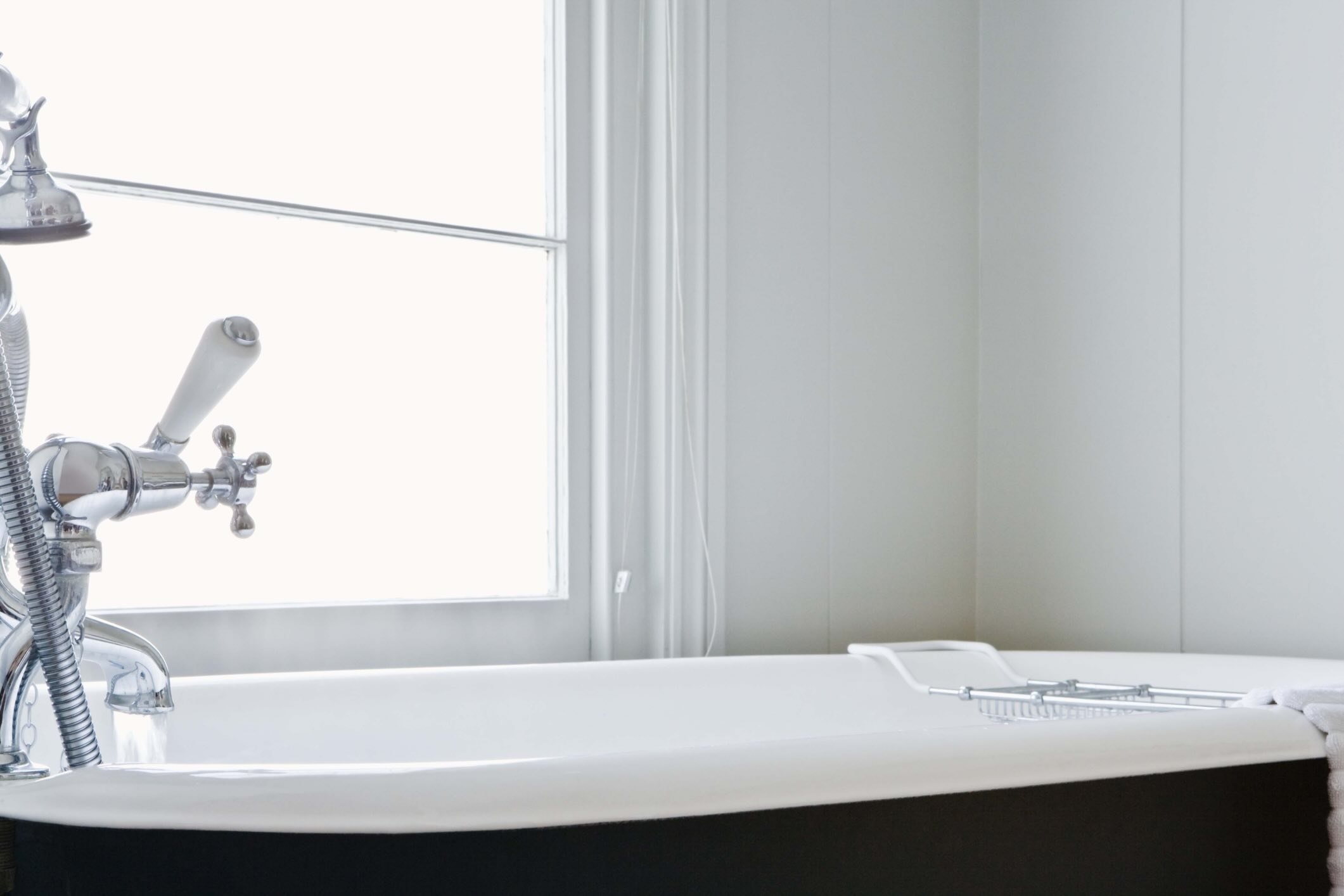

Bathroom Accessories
Why Is My Bathtub Chipping
Modified: April 22, 2024
Discover the reasons behind bathtub chipping and explore solutions to protect your bathroom accessories. Learn how to prevent and fix chipping in your bathtub.
(Many of the links in this article redirect to a specific reviewed product. Your purchase of these products through affiliate links helps to generate commission for Storables.com, at no extra cost. Learn more)
Introduction
A bathtub is not just a functional fixture in a bathroom; it's a sanctuary for relaxation and rejuvenation. Whether you prefer a long, luxurious soak or a quick, invigorating shower, the bathtub plays a pivotal role in your daily routine. However, despite its durability, bathtubs are susceptible to wear and tear over time. One common issue that many homeowners encounter is bathtub chipping.
Bathtub chipping can be a frustrating and unsightly problem. It not only detracts from the aesthetic appeal of your bathroom but also raises concerns about the structural integrity of the tub. Understanding the causes of bathtub chipping, its impact, and how to prevent and repair it is crucial for maintaining the longevity and functionality of this essential fixture.
In this comprehensive guide, we will delve into the various aspects of bathtub chipping, shedding light on the underlying causes, the implications of chipping, preventive measures, and effective repair solutions. By gaining a deeper understanding of this issue, you will be better equipped to protect your bathtub from chipping and ensure that it remains a reliable and visually appealing centerpiece in your bathroom.
Now, let's embark on a journey to unravel the mysteries of bathtub chipping and equip ourselves with the knowledge and strategies to address this common concern. Whether you're a homeowner, a renter, or a professional in the home improvement industry, this guide will provide valuable insights that can help you preserve the beauty and functionality of your bathtub for years to come.
Key Takeaways:
- Prevent Bathtub Chipping
Gentle cleaning, protective coatings, mindful usage, quality materials, and regular maintenance can prevent bathtub chipping, preserving its longevity and visual appeal. - Repair Chipped Bathtub
DIY repair kits, professional refinishing, enamel patching, or bathtub replacement are effective solutions to repair chipped bathtubs and restore their integrity and aesthetics.
Read more: Why Are There Ants In My Bathtub
Causes of Bathtub Chipping
Bathtub chipping can stem from various factors, and understanding these underlying causes is essential for effectively addressing and preventing this issue. Here are the primary reasons why bathtubs may experience chipping:
-
Impact and Physical Damage: Accidental impacts from heavy objects or sharp tools can lead to chipping in bathtubs. Dropping heavy items or knocking hard objects against the tub's surface can create small chips that, if left unattended, may worsen over time.
-
Abrasive Cleaning Methods: Harsh cleaning agents and abrasive tools can inadvertently contribute to bathtub chipping. Scrubbing the surface with abrasive materials or using cleaning products that contain harsh chemicals can wear down the bathtub's enamel, making it more susceptible to chipping.
-
Age and Wear: Over time, the constant use of the bathtub, along with exposure to water, soap, and other substances, can cause the enamel or coating to deteriorate. As the protective layer weakens, the underlying material becomes more vulnerable to chipping.
-
Poor Quality Materials: In some cases, bathtubs made from low-quality materials or those with subpar enamel coatings are more prone to chipping. Inferior craftsmanship and materials may not withstand the rigors of daily use, leading to premature chipping and deterioration.
-
Temperature Fluctuations: Extreme temperature changes, such as hot water followed by cold water, can cause the bathtub material to expand and contract. Over time, this repeated stress on the surface can weaken the enamel, making it more likely to chip.
-
Manufacturing Defects: In rare instances, manufacturing defects or inconsistencies in the bathtub's construction can contribute to chipping. These defects may include uneven enamel application, weak spots in the material, or other structural issues that compromise the bathtub's integrity.
Understanding these causes can help homeowners and professionals take proactive measures to prevent bathtub chipping. By addressing these underlying factors, such as using gentle cleaning methods, avoiding impacts, and investing in high-quality materials, individuals can mitigate the risk of chipping and prolong the lifespan of their bathtubs.
Impact of Chipping on Bathtub
The repercussions of bathtub chipping extend beyond mere aesthetics, encompassing both functional and structural implications. Understanding the impact of chipping on a bathtub is crucial for homeowners and professionals alike, as it underscores the urgency of addressing this issue. Here's a detailed look at the multifaceted impact of chipping on bathtubs:
Aesthetic Deterioration
The most immediate and noticeable impact of chipping is the degradation of the bathtub's appearance. Chipped areas not only disrupt the smooth, uniform surface of the tub but also create unsightly blemishes that detract from the overall visual appeal of the bathroom. These imperfections can be particularly glaring in bathtubs with vibrant or contrasting colors, as the chipped areas stand out prominently against the backdrop of the tub's original finish.
Risk of Corrosion
Chipping compromises the protective layer of the bathtub, leaving the underlying material vulnerable to moisture and chemical exposure. This heightened susceptibility to corrosion can lead to the development of rust or other forms of degradation, which may further weaken the structural integrity of the tub over time. If left unchecked, corrosion resulting from chipping can escalate into more extensive damage, necessitating costly repairs or even premature replacement of the bathtub.
Read more: Why Is My Bathtub Peeling
Hygiene Concerns
Chipped areas on the bathtub's surface create crevices where dirt, grime, and bacteria can accumulate. These hard-to-clean nooks not only compromise the cleanliness of the tub but also pose potential health hazards. The presence of bacteria and mold in chipped areas can undermine the hygiene of the bathing environment, potentially exposing individuals to health risks. Moreover, the accumulation of dirt and grime in chipped areas can contribute to unpleasant odors, further diminishing the overall appeal of the bathroom.
Structural Compromise
Beyond the superficial impact, chipping can compromise the structural integrity of the bathtub. As the protective enamel or coating deteriorates, the underlying material becomes more susceptible to damage from impacts, temperature fluctuations, and water exposure. This can lead to the development of cracks, weakening of the tub's surface, and potential leakage, posing a risk of water damage to the surrounding areas of the bathroom.
Diminished Longevity
Chipping accelerates the wear and tear of the bathtub, shortening its expected lifespan. The cumulative effects of chipping, such as corrosion, structural compromise, and aesthetic deterioration, can significantly reduce the durability of the tub. This not only necessitates premature repairs or replacements but also represents an avoidable financial burden for homeowners.
In essence, the impact of chipping on a bathtub transcends mere cosmetic concerns, encompassing hygiene, structural integrity, and longevity. By recognizing and addressing these implications, individuals can take proactive measures to preserve the functionality and visual appeal of their bathtubs, ensuring a safe, hygienic, and aesthetically pleasing bathing environment for years to come.
Preventing Bathtub Chipping
Preventing bathtub chipping is a proactive endeavor that involves a combination of mindful maintenance practices, strategic precautions, and investment in high-quality materials. By implementing the following preventive measures, homeowners and professionals can safeguard their bathtubs against chipping, preserving their longevity and visual appeal.
Read more: Why Are There Tiny Bugs In My Bathtub
Gentle Cleaning Methods
Utilizing non-abrasive cleaning tools and mild, non-corrosive cleaning agents is essential for preserving the integrity of the bathtub's surface. Avoid harsh scrubbing pads, abrasive powders, or acidic cleaners, as these can wear down the enamel and make the tub more susceptible to chipping. Instead, opt for soft sponges, microfiber cloths, and gentle, pH-neutral cleaners to maintain a clean and pristine bathtub surface.
Protective Coatings and Mats
Applying a protective coating, such as a bathtub refinishing kit, can provide an additional layer of defense against chipping. These coatings not only enhance the durability of the bathtub but also contribute to its resistance to impacts and chemical exposure. Furthermore, using non-slip mats or adhesive strips in the bathtub can minimize the risk of accidental slips and falls, reducing the likelihood of impacts that could lead to chipping.
Mindful Usage
Encouraging mindful usage habits among household members can significantly contribute to preventing bathtub chipping. This includes avoiding dropping heavy objects in the tub, refraining from using sharp or abrasive tools on the surface, and being mindful of temperature differentials when filling the tub with water. By fostering a culture of care and attentiveness toward the bathtub, individuals can mitigate the risk of accidental damage that may result in chipping.
Quality Materials and Installation
Investing in high-quality bathtubs with durable enamel coatings and opting for professional installation can be instrumental in preventing chipping. Ensuring that the bathtub is constructed from robust materials and installed with precision can minimize the likelihood of premature wear and chipping. Additionally, consulting with reputable suppliers and installers can provide valuable insights into selecting bathtubs that are resilient and long-lasting.
Read more: Why Is My Bathtub Leaking Underneath
Regular Maintenance and Inspections
Conducting routine inspections of the bathtub's surface and promptly addressing any signs of wear or damage can prevent minor issues from escalating into extensive chipping. Regularly checking for hairline cracks, worn enamel, or areas of vulnerability can enable early intervention, allowing for timely repairs or maintenance to uphold the bathtub's integrity.
By integrating these preventive measures into their maintenance routines, individuals can fortify their bathtubs against chipping, ensuring that these essential fixtures remain resilient, visually appealing, and functional for years to come.
Repairing Chipped Bathtub
Repairing a chipped bathtub is a crucial undertaking that demands precision, attention to detail, and the use of specialized materials and techniques. Whether the chipping is minor or more extensive, addressing this issue promptly is essential to prevent further deterioration and restore the bathtub's integrity and visual appeal.
DIY Repair Kits
For minor chips and shallow scratches, DIY bathtub repair kits can offer a convenient and cost-effective solution. These kits typically include epoxy or acrylic-based fillers that can be applied to the chipped areas, effectively concealing the damage and restoring a smooth surface. By following the instructions provided with the kit, homeowners can achieve satisfactory results, albeit with some degree of skill and patience required.
Professional Refinishing
In cases where the chipping is more extensive or the bathtub's surface exhibits widespread wear and damage, enlisting the services of professional bathtub refinishing experts may be the most effective approach. Refinishing involves meticulous surface preparation, application of specialized coatings, and curing processes to restore the bathtub to its original luster. Professional refinishing not only addresses chipping but also revitalizes the entire bathtub, providing a comprehensive solution for enhancing its durability and aesthetics.
Read more: Why Is My Cat Laying In The Bathtub
Enamel Patching and Resurfacing
Enamel patching and resurfacing are advanced repair techniques that are well-suited for addressing localized chipping and worn areas on the bathtub's surface. Skilled technicians can meticulously apply enamel-based fillers and coatings to seamlessly blend with the existing finish, effectively concealing the chipped areas and restoring the bathtub's smooth, uniform appearance. This approach requires expertise and precision to achieve seamless results that seamlessly integrate with the original bathtub finish.
Replacement of Bathtub
In instances where the chipping is extensive, and the structural integrity of the bathtub is compromised, replacement may be the most viable long-term solution. While this option entails a more significant investment and labor, it ensures a complete overhaul of the bathtub, eliminating the risk of recurrent chipping and addressing any underlying issues that may have contributed to the damage. Professional installation of a new, high-quality bathtub can provide homeowners with a durable, visually appealing fixture that enhances the overall aesthetics and functionality of the bathroom.
By exploring these repair options and selecting the most suitable approach based on the extent of chipping and the bathtub's condition, homeowners can effectively address this issue and restore their bathtubs to their optimal state. Whether opting for DIY repairs, professional refinishing, enamel patching, or bathtub replacement, prioritizing the restoration of the bathtub's integrity and aesthetics is essential for creating a welcoming, hygienic, and visually appealing bathing environment.
Frequently Asked Questions about Why Is My Bathtub Chipping
Was this page helpful?
At Storables.com, we guarantee accurate and reliable information. Our content, validated by Expert Board Contributors, is crafted following stringent Editorial Policies. We're committed to providing you with well-researched, expert-backed insights for all your informational needs.

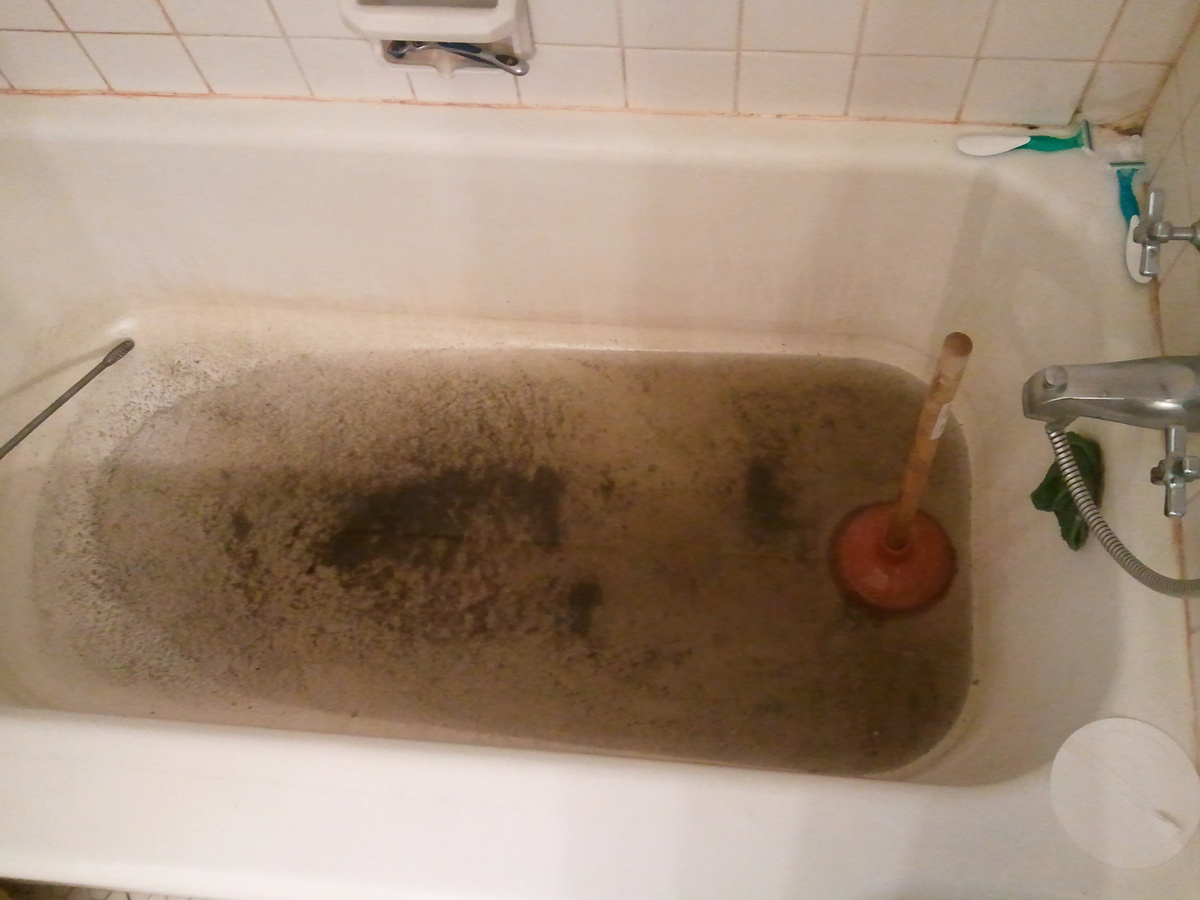
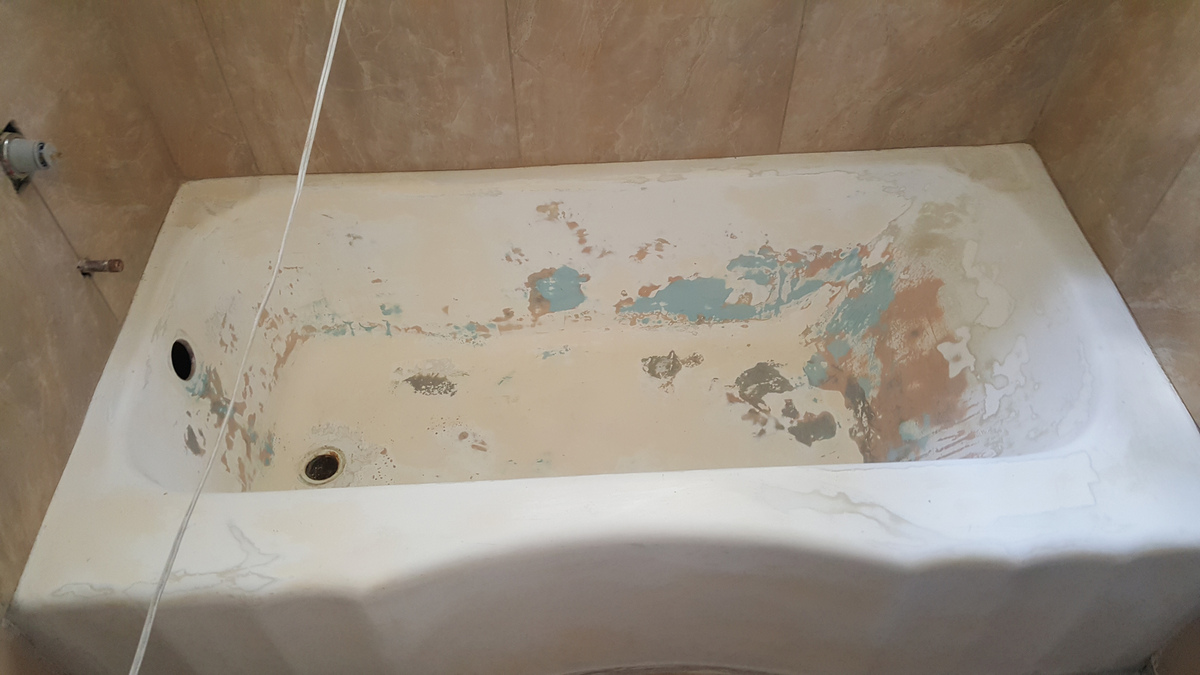

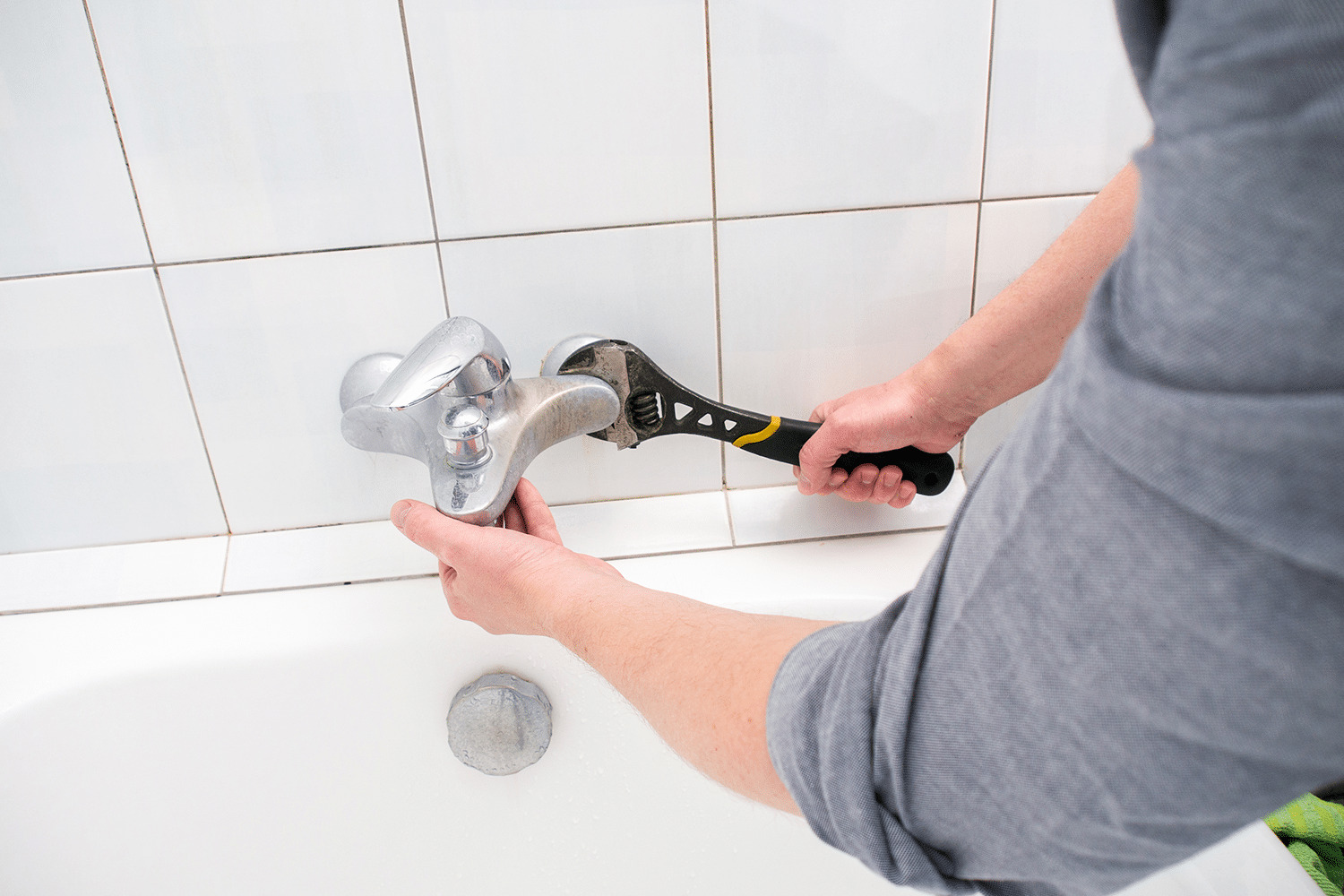
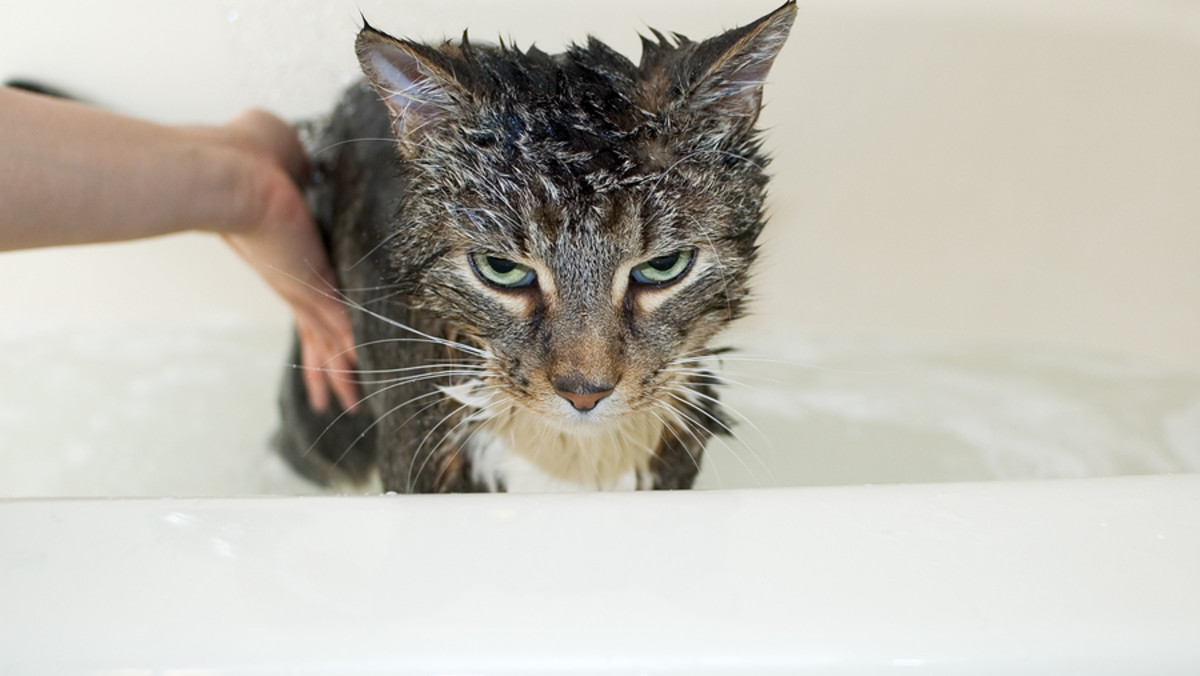
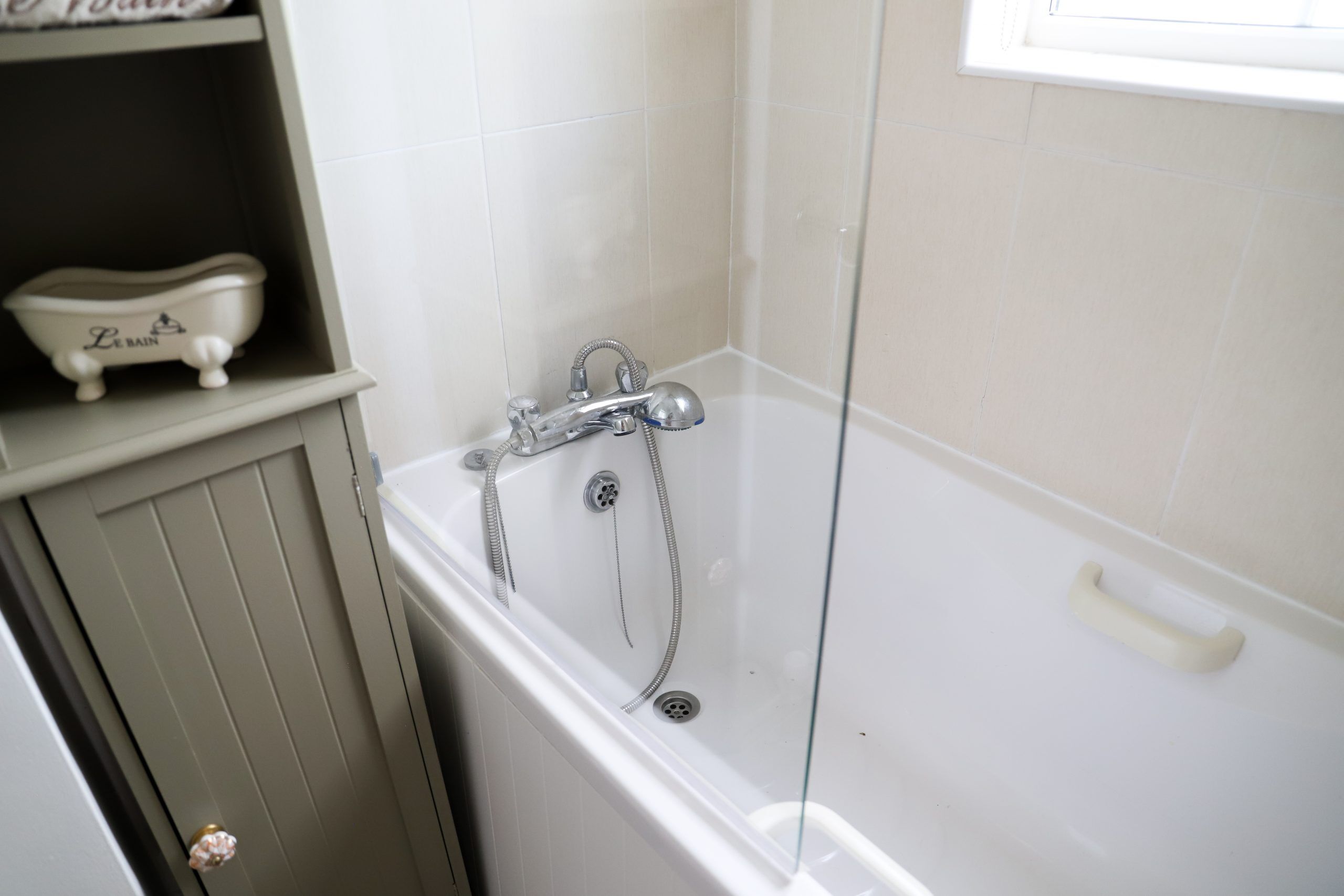

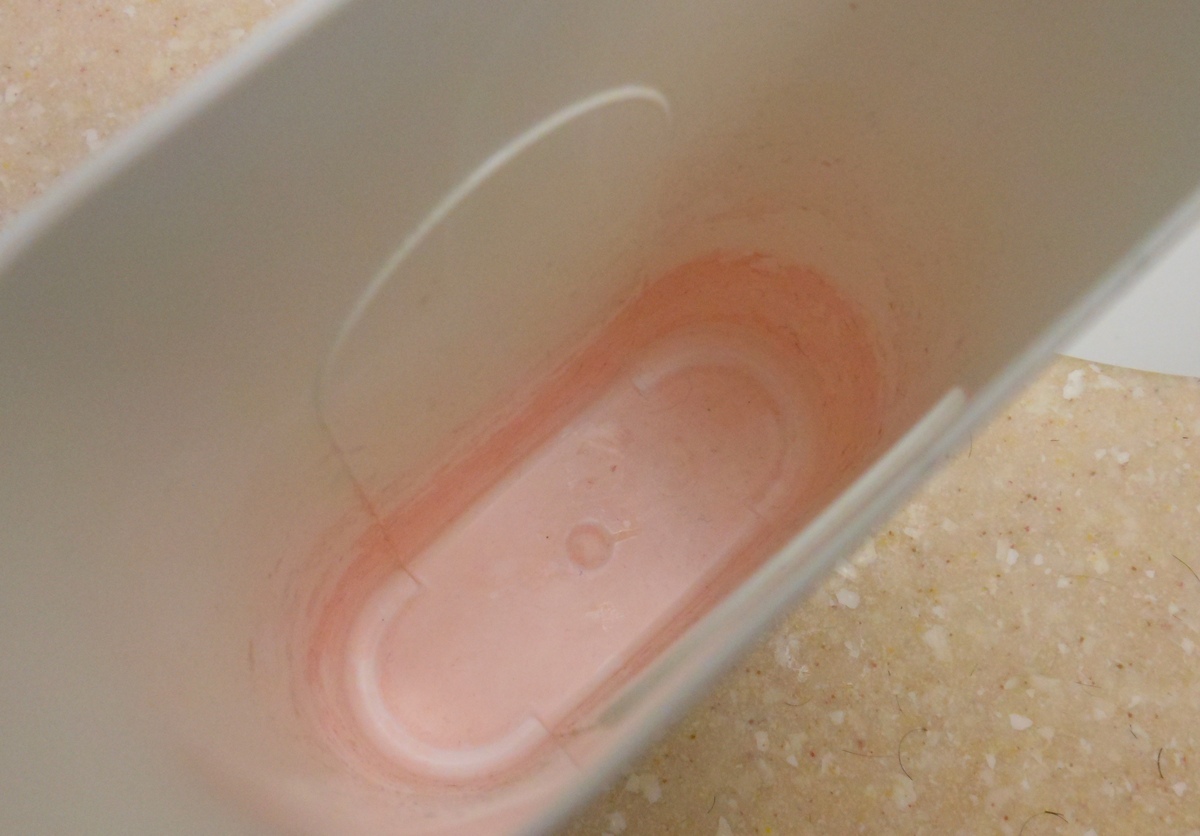



0 thoughts on “Why Is My Bathtub Chipping”